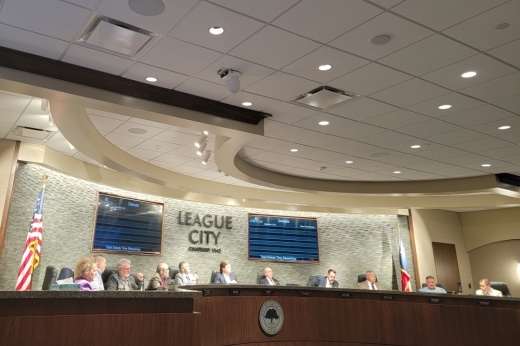What happened
On Nov. 12, League City City Council voted 7-1 to update the city’s land use assumptions, the capital improvement plan for roadway facilities and roadway impact fees. Council member Tommy Cones voted against the motion.
The details
To calculate the total capital recovery fee or impact fee, due from the development, the city multiplies the number of vehicle miles, which acts as the service units for the city, generated by the development by the number of vehicle miles generated by the development.
Then the city multiplies that number by the cost per dwelling unit to get the total fee due, according to the roadway capital recovery fee report published Sept. 3, according to the roadway capital recovery fee report published Sept. 3.
Since 2019, the maximum allowable cost per service unit has changed in each of League City’s four roadway service areas:
- From $323 to $1,172 in service area 1
- From $3,632 to $2,056 in service area 2
- From $1,153 to $1,671 in service area 3
- From $1,120 to $1,842 in service area 4
- One dwelling unit multiplied by 3.81 vehicle-miles/dwelling unit equals 3.81 vehicle-miles
- 3.81 vehicle-miles multiplied by $1,671.00/vehicle-mile equals about $6,366
The city’s Roadway Recovery Fee was first adopted in 2018 and helps fund system improvements and offset building costs to keep up with the city's pace and growth, according to the report.
Impact fees also help to partially shift the burden of construction costs off of existing residents and taxpayers, according to the report.
Why it matters
The report showed that of the city’s 181,150 vehicle miles the city’s roadways provide, there are currently 9,892 vehicle miles of road deficiencies in League City’s current road system. Additionally, 83 projects in the capital improvement plan, totaling $395.4 million and providing 124,237 vehicle miles by 2034, were identified to be funded by capital recovery fees.
Service units, or vehicle miles, for new developments are based on trip generation and the average trip length for specific land uses based on the best available data, according to city documents.





